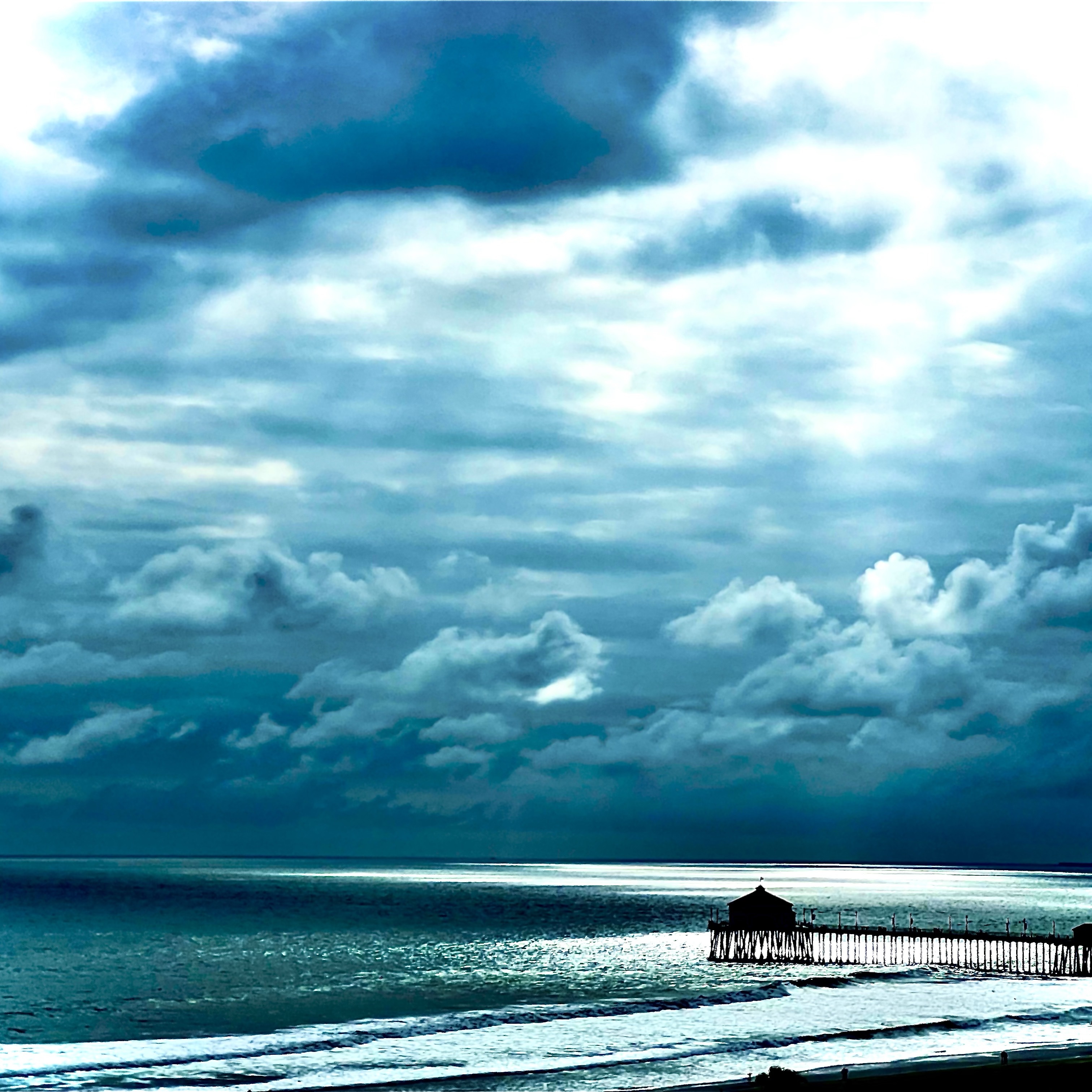Chrysorroyiatissa Monastery
Lynmar Estate
Monastery Russian River Valley Chardonnay 2022
Stuck me as lighter and a bit more acidic this time. — 7 months ago
Château L'Evangile
Pomerol Red Bordeaux Blend 1989
A pure and delicate L’ Evangile, and drinking this wine in a former monastery is a joyful and serene moment. #RestaurantBroederenklooster #topchef — a year ago
Toplou Monastery
Red Sweet Table Wine
Liatiko grape - dry sweet 12.5% alcohol dessert wine. Natural — 4 years ago
Hessische Staatsweingüter Kloster Eberbach
Pinot Noir 2020
Gift. Drank 11/1/2025 with porcetta dish. Lively bright maybe natural. From the region introduced by Frieder in October 2014 the Frankfurt book fair and from the monastery visited with Oda on hike. Juicy. — 2 months ago
Domaine Laroche
Les Blanchots Chablis Grand Cru Chardonnay 2021
‘Les Blanchots’ is a Grand Cru climat in Chablis, situated on a steep, southeast-facing hillside known for its white clay subsoil (after which ‘Les Blanchots’ takes its name) sitting above Kimmeridgian limestone, comprised of clay, chalk and fossilized oyster shells. 🙌🏻
This wine fermented in a combination of French oak barrels (70%) and stainless steel (30%) followed by 16 months aging on the lees in the cellars of a medieval monastery (L’Obédiencerie) acquired by the Laroche family in 1985.
It is medium lemon in appearance with an elegant expression of lemon peel, fresh white peach, apple, honeydew, star fruit, kumquat, white blossom, seashell, crushed stone, wet slate, struck match, toast, cream, and vanilla characteristics.
On the palate, it offers vibrant, racy acidity and a well-balanced structure.
It is superb! 😆😆😆 — a year ago

Monastery Tvrdos
Herzegovina Vranac 2021
High high QPR. Described as 80’s Napa red. 100% agree. Great story too. — 2 months ago
Abbazia di Novacella (Stiftskellerei Neustift)
Valle Isarco / Eisacktaler Pinot Nero 2021
Abbazia di Novacella – Pinot Nero 2021
Alto Adige DOC – Trentino-Alto Adige, Italy 🇮🇹
Overview:
From one of Europe’s northernmost vineyards, this Pinot Nero (Pinot Noir) reflects the cool-climate precision of Alto Adige. Crafted by Abbazia di Novacella, a historic monastery estate dating back to the 12th century.
Aromas & Flavors:
Fresh red berries lead the way, cranberry, wild strawberry, and a hint of red currant. Subtle herbal notes and a whisper of spice frame the fruit beautifully.
Mouthfeel:
Light-bodied, crisp, and refreshingly acidic, with silky tannins and a clean, vibrant finish. This is a bright, lifted expression of Pinot Nero, leaning on freshness rather than weight.
Food Pairings:
Perfect with grilled salmon, mushroom risotto, or lighter pasta dishes. It also shines alongside charcuterie and alpine cheeses.
Verdict:
A lively, refreshing Pinot Nero that captures Alto Adige’s alpine terroir with finesse. Elegant and approachable, with just enough complexity to keep each sip engaging. Cheers!
🍷 Personal Pick Highlight:
Enjoyable slightly cooled, this Pinot Nero doubles as a versatile red for warmer days, a wonderful alpine expression that drinks beautifully outside the usual Pinot Noir framework. — 2 months ago
Château de la Louvière
Pessac-Léognan Red Bordeaux Blend 2000
Nice 👍🏼
Dark Web info
Château La Louvière has many fascinating facets. The sumptuous architecture of the château building dates from the late 18th century, but winegrowing here goes back more than 700 years. The first vines were planted circa 1310, although modern winemaking dates from the 17th century and was handed down by able monks from the Carthusian monastery in Bordeaux, who had acquired considerable talent as viticulturists and winemakers. The people who produce the wine in the 21st century have inherited these time-honoured methods, adding just the right amount of innovation and modernity to make the utmost of the outstanding terroir. La Louvière's red wine has a dark colour and an elegant bouquet with delicate hints of oak...
— 3 years ago










K L
Classic and excellent. — a month ago